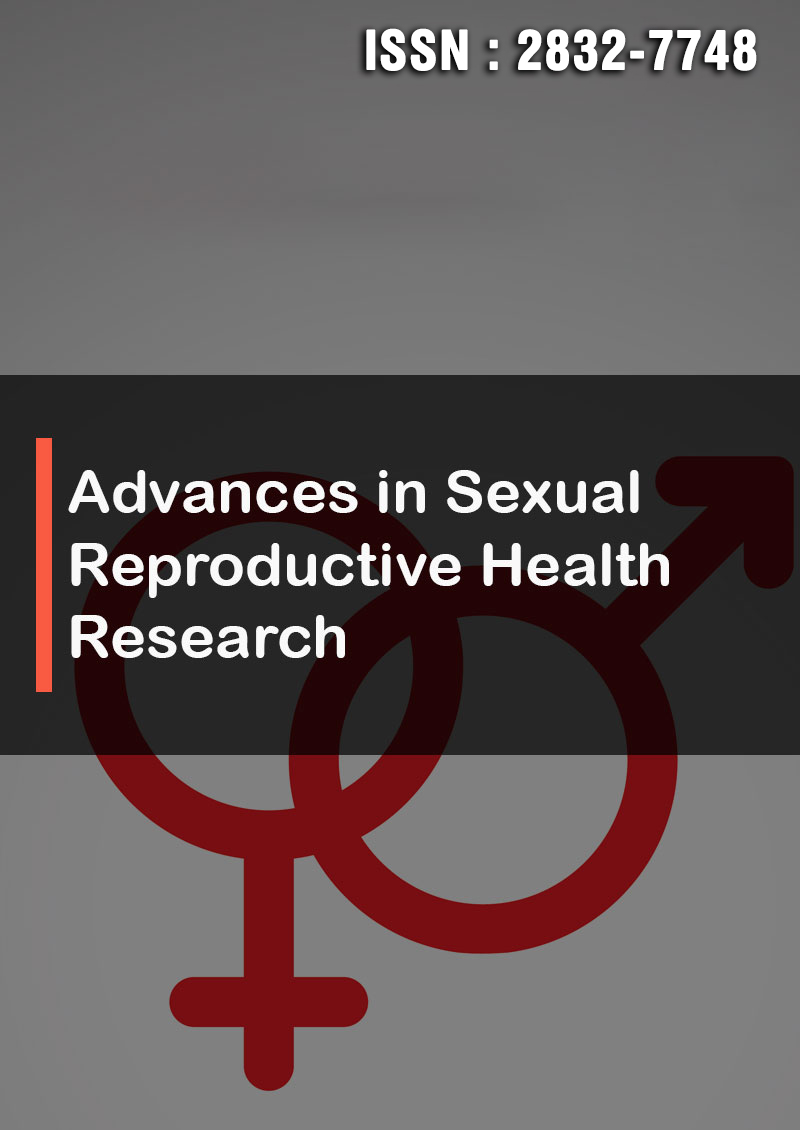Assessing the Impact of Client Knowledge and Demand on Service Provision from Antenatal to Postnatal Care - An Implementation Science Design
Abstract
Chancy Mauluka, Isabel Kazanga Chiumia, Limbika Maliwichi, William Stones
Background: In low resource countries suboptimal clinical care has been identified a contributor to maternal and infant mortality. This study aimed to test the impact of a community intervention promoting client demand on provision of care during ANC, labour and the first postnatal contact (PNC).
Methods: This was implementation science research in Kasungu district of Malawi using a quasi-experimental design with an intervention site where mothers were exposed to a package of interventions aiming to improve knowledge and demand. The results were compared with a site where there was no intervention in the same district. The intervention included checklists for mothers, posters and a Radio Distance Learning (RDL) program.
The study used mixed methods (qualitative and quantitative). A total of 1040 mothers participated in individual interviews. Sixteen Focus Group Discussions (FGDs) were conducted with 128 mothers and 8 Key Informant Interviews were conducted with health workers. Health passports were used to check service provision at both comparison and intervention sites. In addition, mothers’ checklists were used at the intervention site to verify service provision.
Quantitative data were processed in Stata 16.0 using binomial regression and two-sample proportion tests. NVivo 12 was used to process qualitative data for thematic analysis through coding and merging or creation of new codes.
Results: At the intervention site there a 21.9% mean increase in knowledge of demandable services in ANC (43.3% to 56.1%, p<0.001,), intrapartum services for the mother (20.6%, 41.8% to 62.6%, p=0.003,) and the neonatal services before discharge (17.5%, 47% to 64.5%, p=0.0039). For PNC, changes were non-significant. Overall, women at the intervention site were 50% more likely than women at the comparison site to demand a service in the continuum of care (RR = 1.5). Actual service provision was increased at the intervention sites across all elements of the continuum, including laboratory testing, clinical examination of mothers and newborns and provision of essential interventions such as oxytocin for prevention of postpartum haemorrhage, chlorhexidine for umbilical cord care and vitamin K. ]
Conclusion: The intervention positively contributed to increased knowledge on care practices, attitudes towards demand, actual demand for care practices, services provision and service satisfaction.




